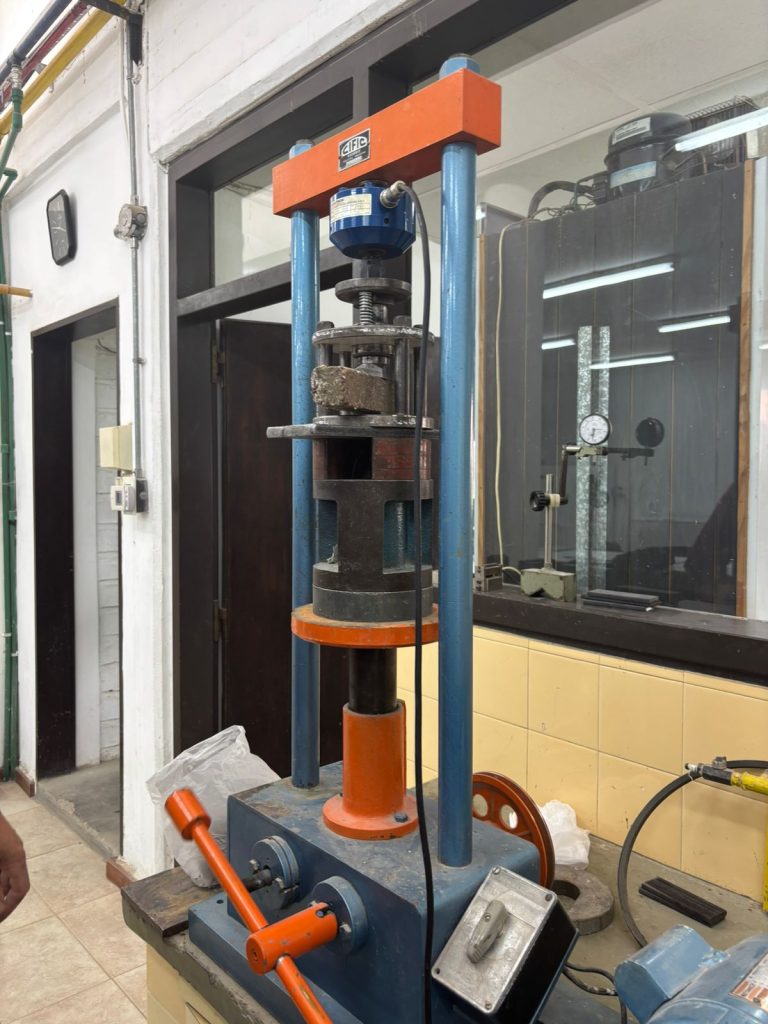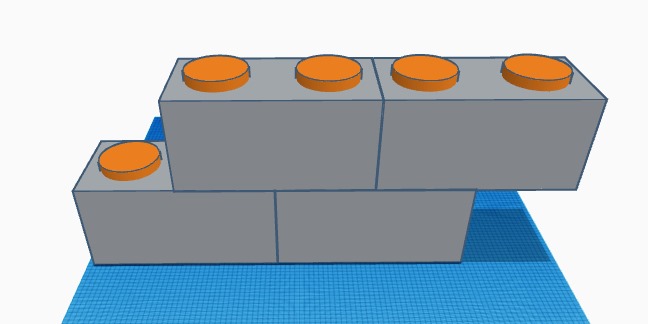Turning cigarette butts into ecological bricks for building homes might sound far-fetched. But what if those bricks were also designed like toy blocks, making construction even easier? For a group of teenagers and their high school teacher in Argentina, this innovation not only seemed possible but also became a reality. With knowledge in STEM (Science, Technology, Engineering, and Mathematics) and a lot of dedication, they brought to life the project “Bastet Haus,” a finalist of Solve for Tomorrow in Argentina, Paraguay, and Uruguay in 2024.
The cellulose is extracted from cigarette butts and mixed with cement to create lighter, more affordable bricks. The goal is to offer a strong yet simple material to build housing for people in need. The project builds upon “Collisafe“, the 2022 winner of Solve for Tomorrow in the same countries. At the time, the team reused cigarette butts, removing all chemicals and toxins from the cellulose through the action of the Pleurotus ostreatus mushroom, also known as the oyster mushroom.
The cigarette butts were sealed in a container with the fungus and, in just 25 days in the dark, the toxic substances were broken down. “The impact of Solve for Tomorrow was huge in our school, and our idea was to take the project a step further,” explains the teacher. “Collisafe” even led to the founding of a local cooperative focused on collecting and recycling cigarette butts.

The new team included four students from the fifth year of secondary school—the penultimate year of compulsory education. The mentor teacher, Agustin Pascua, has a background in Business Administration and leads the Economics and Management Department at Escuela Nacional Adolfo Perez Esquivel. Pascua was also the mediator for “Collisafe” and says that with the final product in hand, there were many possibilities. “The students began analyzing. I told them to consider the community’s needs so this new project could offer a solution,” he notes.
By examining local data, they discovered that around 4 million people were homeless in Buenos Aires, where the school is located. That motivated them to focus on ecological bricks. They chose the name “Bastet Haus” to represent “the protector of the home”: Bastet is the ancient Egyptian goddess of protection, and “Haus” means “house” in German.
That’s the magic of Solve for Tomorrow. Whether you win or not, you need commitment – and that changes the traditional classroom dynamic, says Pascua.
Ecological bricks are also interlocking
The interlocking format allows the bricks to be assembled by modules. This means someone can start with a smaller house and expand or modify it later, similar to prefabricated homes but much easier to assemble. “We’re taking a material that would be wasted and turning it into something extremely useful, which also helps reduce pollution on the planet,” he emphasizes.
To reach a sustainable prototype, they tested different material compositions and found that the best formula was 60% acetate (a chemical compound derived from the reaction of acetic acid with cotton cellulose) and 40% of other materials like cement. “We reduced cement use by more than 50% compared to a conventional brick. We ran about 10 to 15 different mixture iterations,” Pascua summarizes. The cost savings were significant: while a regular brick costs around 700 Argentine pesos (U$ 0,65), “Bastet Haus” bricks cost only 350 pesos (U$ 0,33). Although the tests were supervised by scientists and engineers at the university, the students learned about material resistance and cellulose structure.

With a tested prototype ready, the team faced another challenge: presenting their idea to the public at the Solve for Tomorrow final. They practiced delivering a strong pitch. Their strategies included Neuro-Linguistic Programming (NLP), using kinesthetic stimulation (physical experience and body movement) to shape their message. They also applied nonverbal communication (NVC) techniques, adjusting gestures, posture, and vocal tone. “We saw incredible moments, like 16 and 17 year-old students meeting at 8am on a Saturday to rehearse for an oral presentation,” the teacher recalls.
The students also dedicated time to thinking about how to manage the business: “On one hand, we could serve municipalities interested in offering social housing to citizens. On the other hand, we can sell to individual clients who want to build a simple home, not just those experiencing homelessness,” the teacher explains.
For the future, the team plans to continue working on the project, eventually using the bricks to build full walls and houses.




